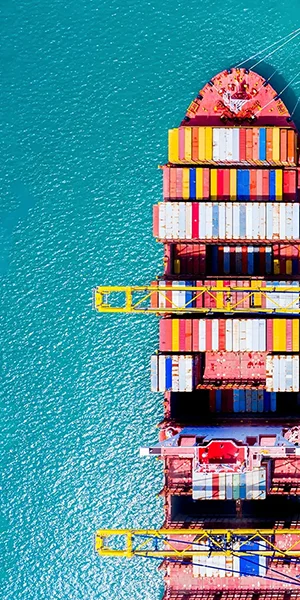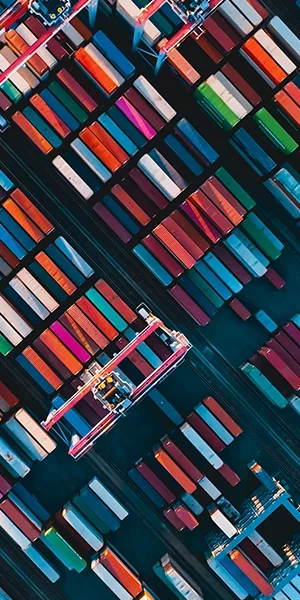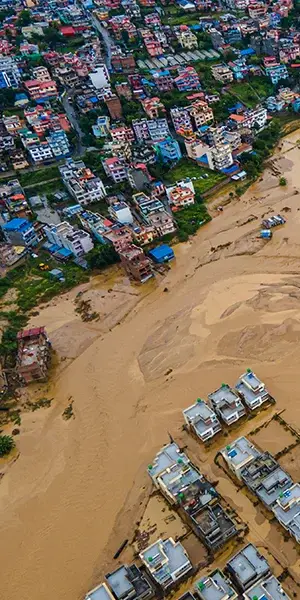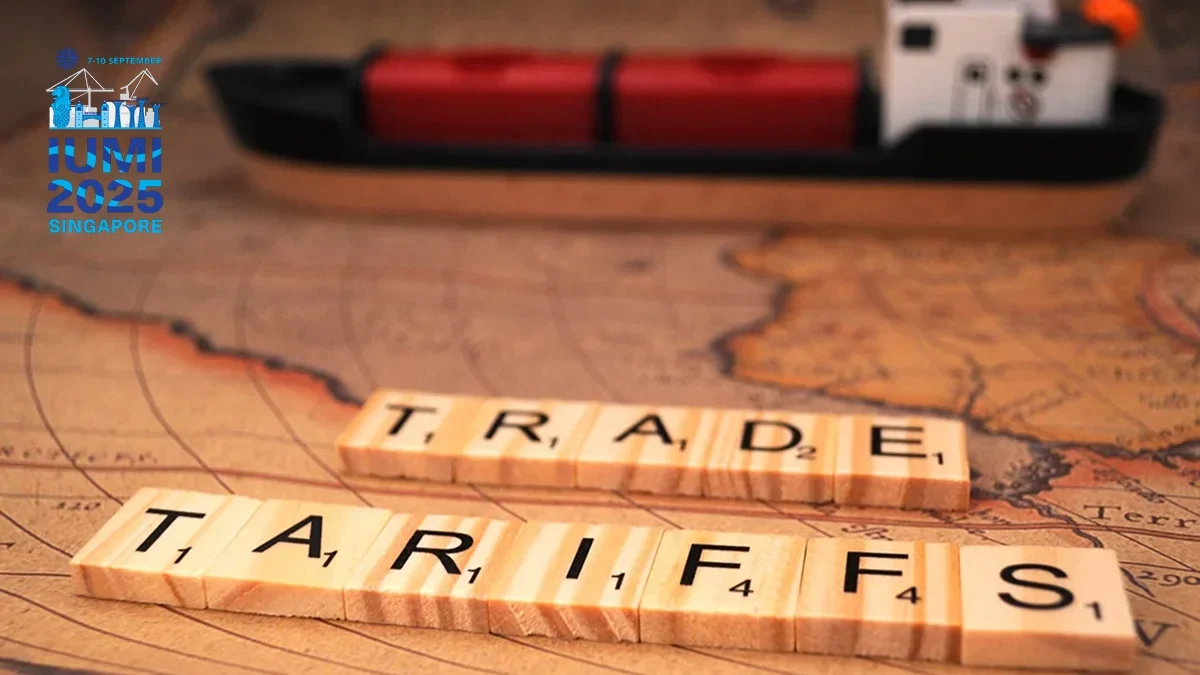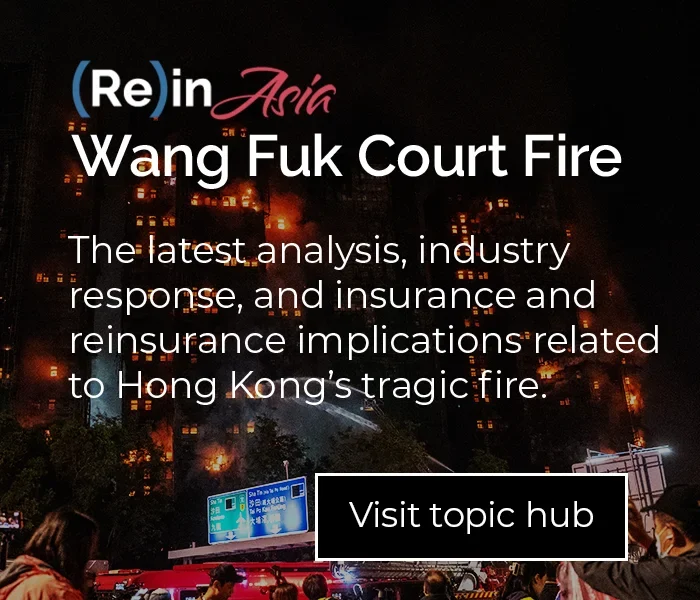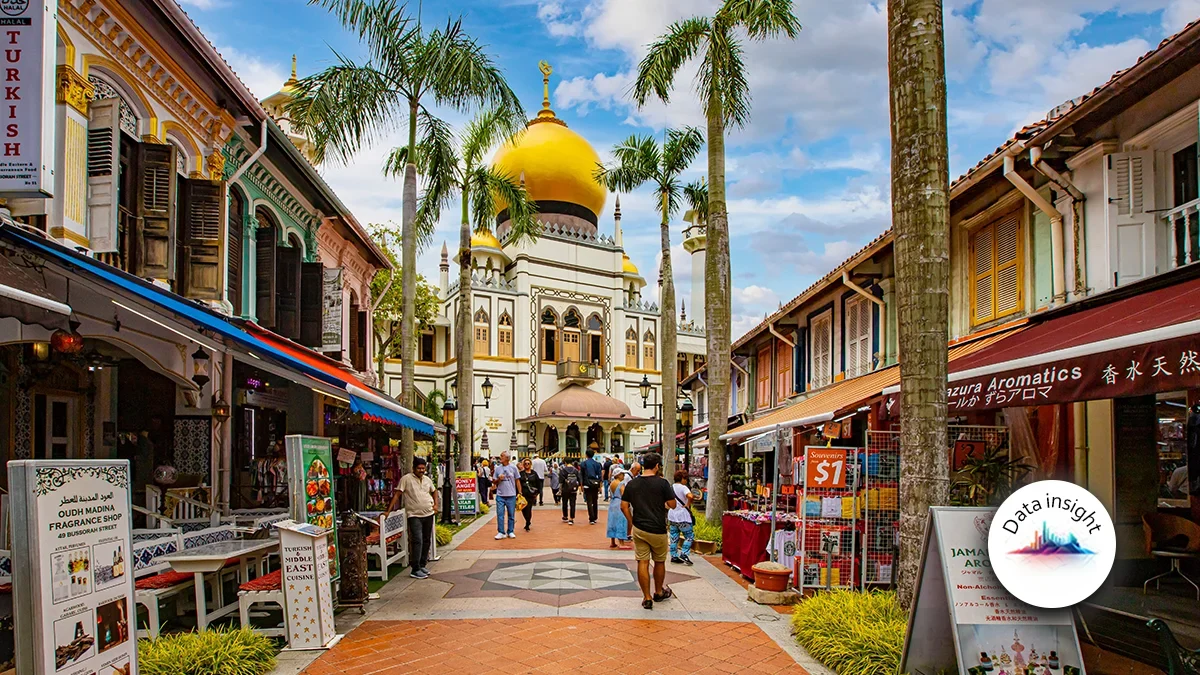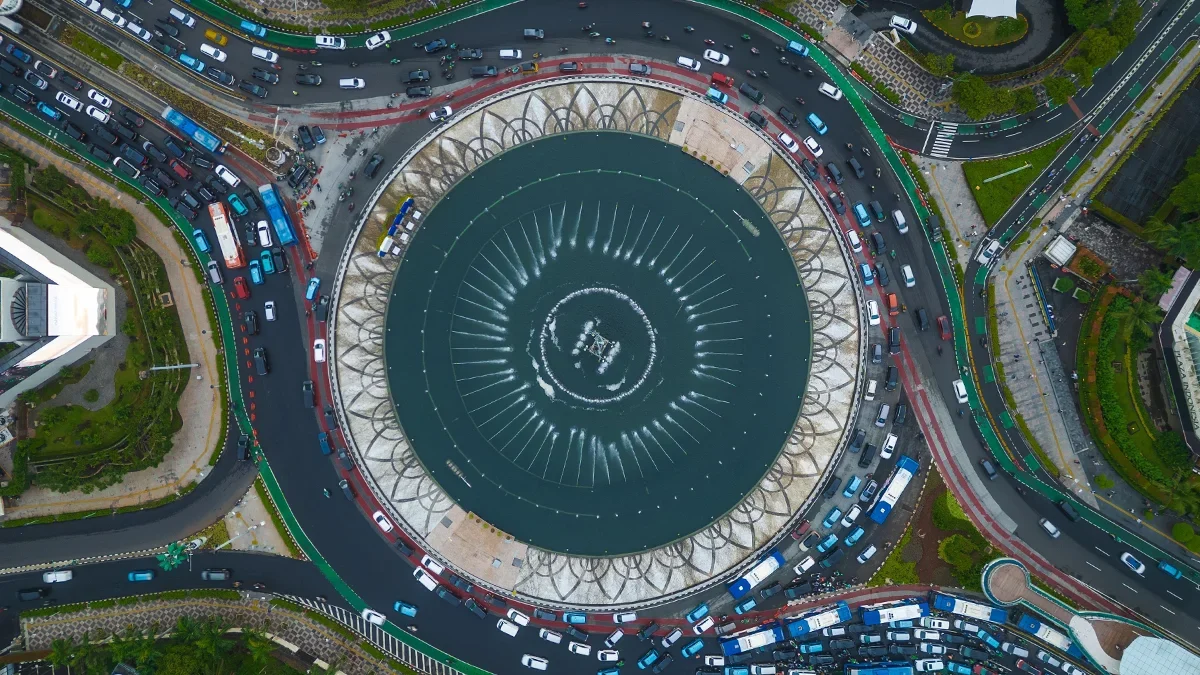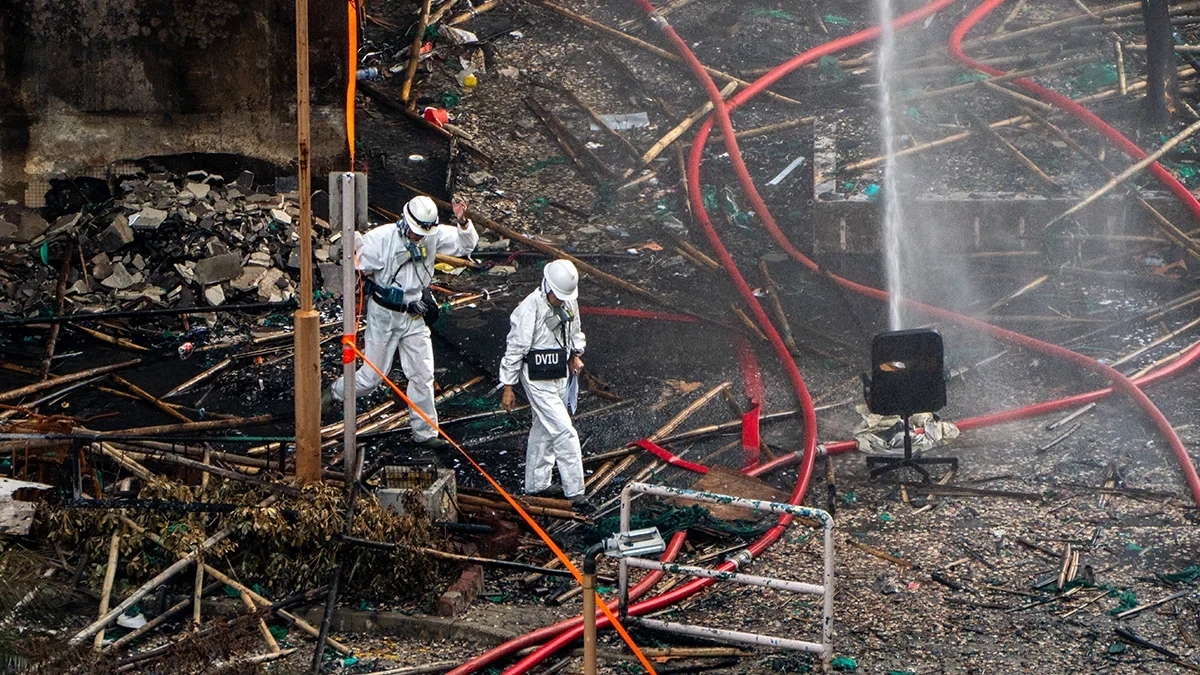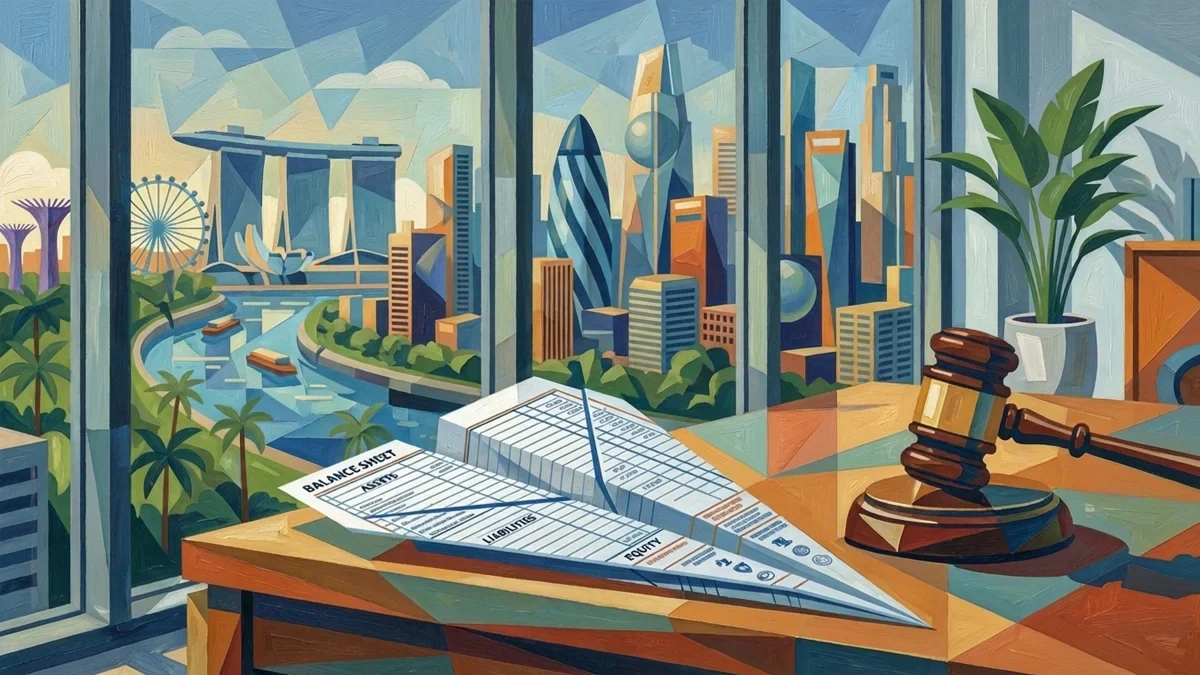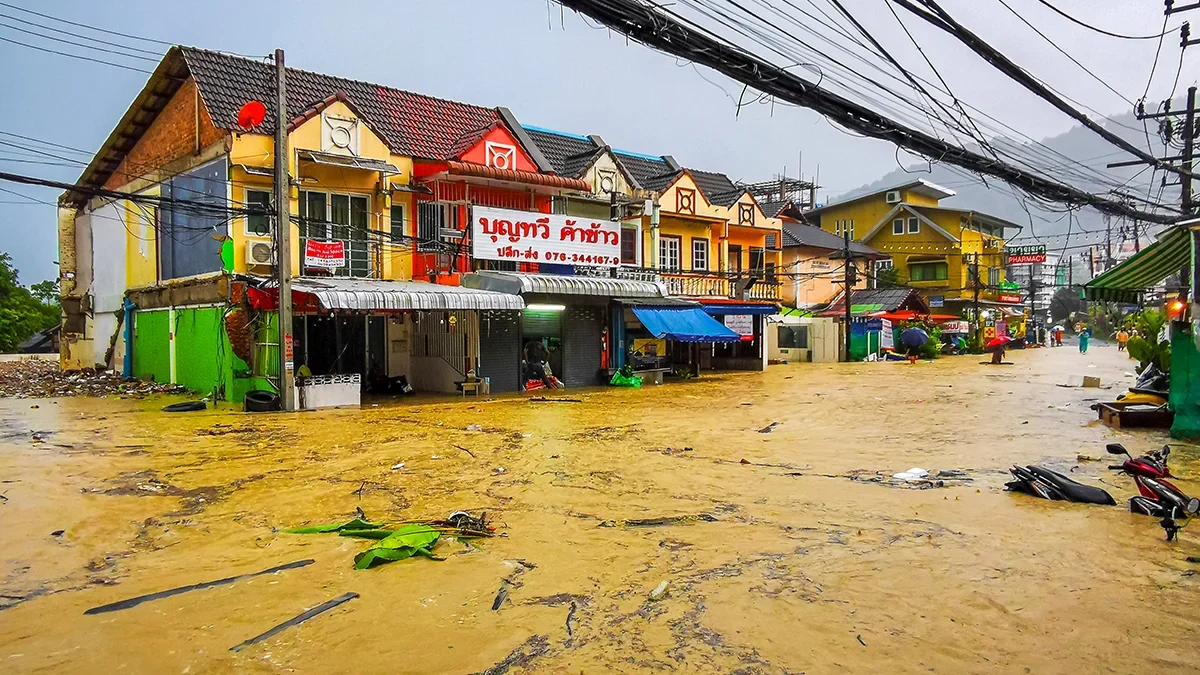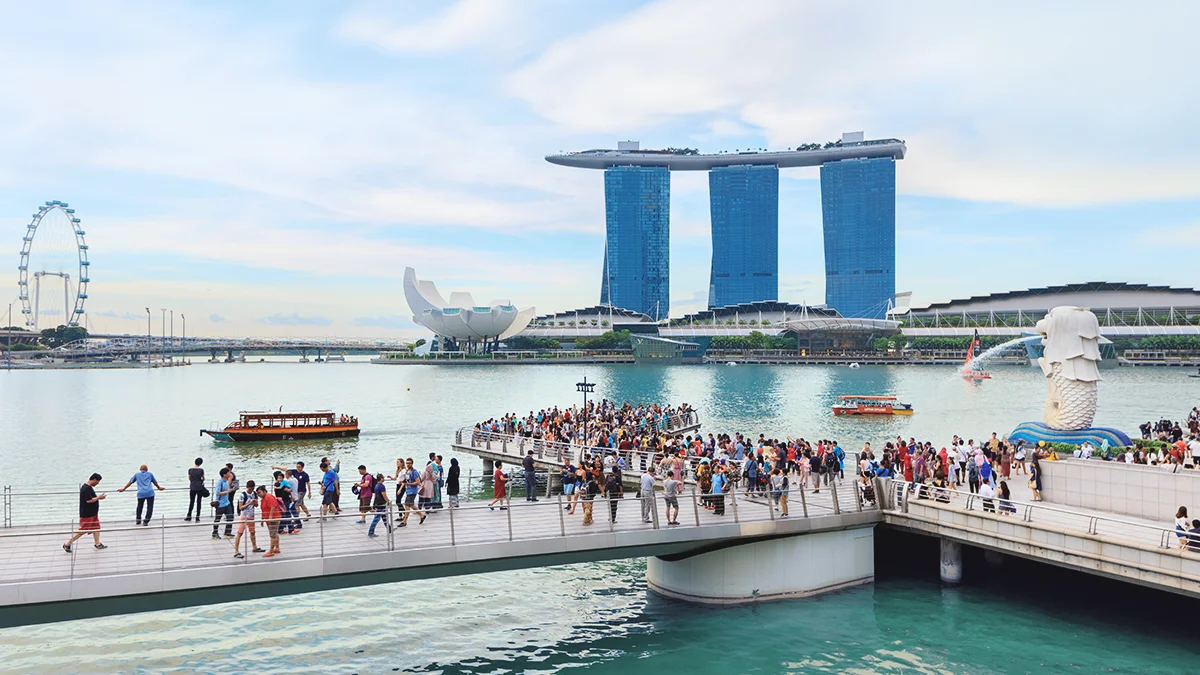(Re)in Summary
• Global cargo premiums reached US$22.64bn in 2024, rising 1.6% year-on-year amid a relatively benign claims environment.
• But tariff volatility is set to reshape insured cargo values and force trade route shifts, pressuring market stability and profitability.
• Supply chain disruptions are complicating underwriting processes and increasing operational costs.
• Insurers also face prolonged exposure to ageing vessels as newbuilding orders fall.
• Ship-to-ship transfers are rising off Southeast Asia to circumvent sanctions, creating new compliance and legal risks for insurers.
• Tariff disputes over charterparty contracts are increasing insurer exposure to coverage gaps and subrogation complications.
• To adapt, insurers should be agile and build a comprehensive understanding of tariff impacts on cargo values and understand reinsurer and banking partner risk appetites.
Shifts and volatility from tariffs, trade barriers, and sanctions dominated discussions at IUMI 2025 in Singapore, with experts outlining how trade tensions and tariffs have had a multifaceted impact on marine insurers and shippers, changing the risk paradigm.
Marine insurers face escalating challenges from tariff-driven trade route disruptions, ageing vessel exposure due to halved newbuilding orders, compliance risks from dark fleet operations and ship-to-ship transfers, legal complexities in charterparty disputes, secondary sanctions exposure, and operational difficulties managing volatile supply chains amid rising cargo premiums and deglobalisation trends.
The imposition of high tariffs has made US ports less attractive and forced cargo owners and shippers to seek alternative routing and mechanisms to mitigate costs and risks, as inflationary pressures ramp up.
“The unpredictability, the uncertainty around all of this is just causing major disruptions in trade routes and supply chains,” said Tiina Ruhland, Managing Director at marine professional consultancy EIMC. “Costs are only going up, it’s not a fun environment.”
Global cargo premiums for 2024 reached US$22.64bn, IUMI said, a 1.6% increase over the previous year and a continuation of a multi-year upward trend amid a relatively benign claims environment.
Tiina Ruhland
Managing Director at EIMCHowever, the sector is expected to grapple with ongoing challenges from tariffs, which are expected to reshape insured cargo values and shift trade routes.
“These changes could alter the entire cargo landscape,” said Mike Brews, IUMI Cargo Committee Chair. “If these forces reshape trade routes, costs, and volumes, market stability and profitability will undoubtedly come under pressure.”
This comes as some marine insurance lines have witnessed market softening. Hull lines have been driven by new MGA capacity and influx from war risk premiums, while cargo lines, still profitable, are attracting fresh investment.
“Some underwriters are now taking on larger risks at competitive premiums,” said Brews. “We’re definitely seeing an increase in market capacity.”
IUMI ocean hull chair Ilias Tsakiris warned that market softening could prove “particularly dangerous”, as claim severity increases for hull lines. “Our margin for error is increasingly fragile,” Tsakiris said. “With static deductibles and ever-increasing repair costs, margins will remain thin until pricing adequately reflects these realities.”
Mike Brews
IUMI Cargo Committee ChairShipping flux
The “stop-start” effect that tariffs have had on the movement of goods post-Liberation Day has complicated underwriting, as shippers redeploying vessels in anticipation of exporter front-loading cause fluctuation in box shipping rates.
“When something goes wrong, supply chains can break down in a heartbeat,” Neil Barber, Vice President – Ocean Freight, Asia-Pacific, JAS Worldwide Asia, said during an IUMI workshop on cargo.
Tariff volatility has also caused logistical and operational problems, constricting the supply of empty containers in Asian manufacturing hubs, Barber added. “If you start moving your ships around, they’re in the wrong places and sometimes very hard to get back, causing tremendous additional costs.”
Denise Cheok
Head of Southeast Asia Economics at Moody’sSupply chains are not used to handling this magnitude of flux and stress, said Denise Cheok, Head of Southeast Asia economics at Moody’s in Singapore.
The World Bank Global Supply Chain Stress Index — which measures the magnitude of container shipping disruptions — exceeded twice its historical mean at the start of 2025, as exporters sought to front-load goods ahead of tariff deadlines, Cheok said. “It’s still slowly climbing, so there’s potential for this to escalate even further.”
Southeast Asia, which traditionally sees minimal supply chain stress, is now under pressure from trade rerouting, Cheok added. “The question is whether the supply chains that are not used to handling this magnitude and this type of stress, whether they can cope with that.”
Newbuilding drop
Uncertainty with tariff volatility has made long-term planning almost impossible in an industry where stability in pricing and underwriting is key.
Tariffs have hit newbuilding bookings hard, as freight markets turn volatile and force shipbuilders to rethink investments in new tonnage.
With the exception of boxship orders, newbuilding has fallen by more than half across all categories in 2025, representing a fall in production of all ships from tankers to car carriers and floating offshore energy facilities.
This has slowed hull renewal pipelines, as order books shrink to 16% of the world’s existing fleet, with insurers facing prolonged exposure to ageing vessels, which often incur severe claims, altering risk portfolios.
The fall in newbuilding is a reflection of the uncertainties around the future in the marine industry, said Jasmin Lam, Maritime Chair Professor at Technical University of Denmark. “That’s why ship owners and operators would like to hold back.”
Karnan Thirupathy
Partner at KennedysEmerging risks
Tariffs have also led to a rise in ship-to-ship transfers off Singapore, Malaysia and Indonesia, as vessels transfer cargo in order to obfuscate their origins.
Ship-to-ship transfers are being used to circumvent sanctions and tariffs, from Chinese import tax avoidance to “origin washing”.
“You’ve got crude oil coming into Malaysia, and then that gets relabeled during the STS (ship-to-ship) transfer process as a bituminous mixture,” said Karnan Thirupathy, Partner at Kennedys. “So there’s a risk of being involved in basically a conspiracy to cheat the Chinese government if you’re involved in this on the trade.”
The rise of the dark fleet has added to compliance and legal risks for marine insurers, who have to be aware of these risks when they insure cargo vessels involved in ship-to-ship transfers in the area, Thirupathy said. “You could have instances where there could be a massive oil pollution incident, and if there’s inadequate insurance cover, then there’s big questions on who’s supposed to bear the loss.”
Insurers also risk secondary sanctions from escalating enforcement. Singaporean surveyor CCIC Singapore and tug operator Shipload Maritime were both sanctioned by the US for facilitating ship-to-ship transfers of Iranian oil this year, he said. “While marine insurers are not that directly involved, there’s always the risk that insurers could also fall into the same boat.”
Legal complexity
Trade barriers, tariffs and sanctions have also led to greater complexities in the legal realm, complicating claims and compliance.
To meet this fluctuating compliance environment, insurers will have to be agile, said Malin Hogberg, lawyer at Swedish shipping law firm WERKS Advokater AB.
Underwriters will have to understand tariffs’ impact on the value of goods and how they affect the risk appetite of their reinsurers and banks, Hogberg said. “You need to understand the risk appetite of your entity.”
Insurers will also have to be quick in meeting due diligence expectations as they face increased legal burdens from states criminalising sanctions breaches, Hogberg added. Due diligence frameworks should also be varied. “Low risk shouldn’t be treated as no risk, and high risk (clients) would require different measures.”
Tariffs may also throw charterparty contracts into flux, as owners and charterers debate on who should pick up the difference in cost.
“When somebody comes along and imposes a financial penalty or financial tariff that dramatically changes the bargain of that charterparty, it’s a problem,” said Richard Neylon, Partner at Holman Fenwick Willan.
Richard Neylon
Partner at Holman Fenwick WillanInsurers are left with increasing exposure to disputes, coverage gaps and subrogation complications, and may potentially incur higher legal costs and longer claim resolution times as a result.
“The reality is, whoever (the tariff cost) falls upon is going to suffer a big financial burden,” Neylon said. “The answer is not going to be that simple.”
As the world deglobalises and the tariff and sanctions landscape changes, insurers and shippers will have to deal with a complex web of risks, said Peter Taylor, Division Director at Macquarie.
“It’s akin to trying to put a jigsaw puzzle together,” he said. “In an environment where a substantial portion of the shipping market is now sanctioned, where a substantial portion of that shipping market has to think about compliance when they go into the EU or on certain trade routes, it’s like some of those jigsaw puzzle parts have been taken away.”
Shippers are finding it more difficult to operate in this environment, Taylor said, and they will need marine insurers to help them manage this risk.
“I think there’s a substantial value-add that the insurance market can give us,” Taylor said. “We’re looking for consistent policies, we’re looking for consistent pricing… it’s absolutely key when things go wrong that we know who to call.”






